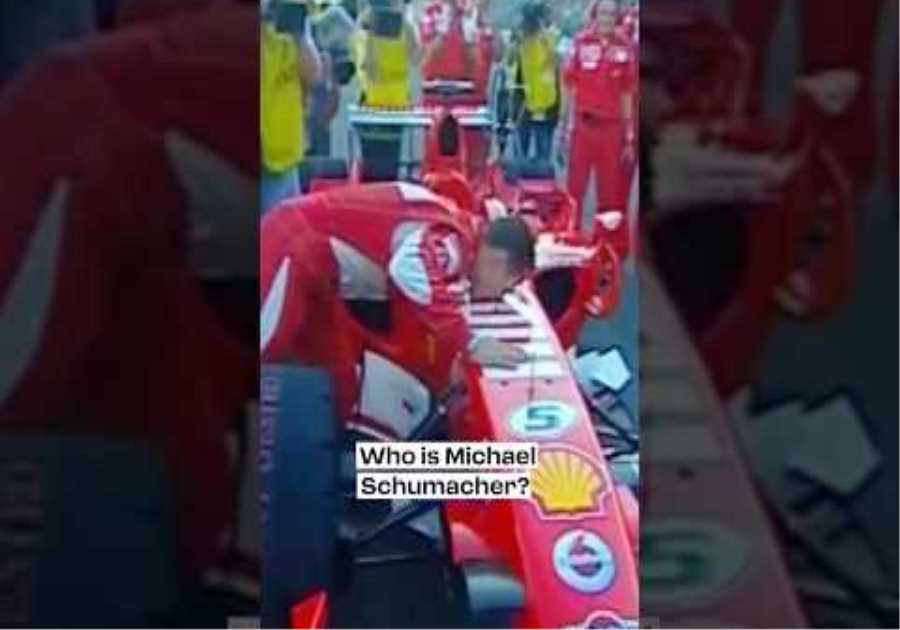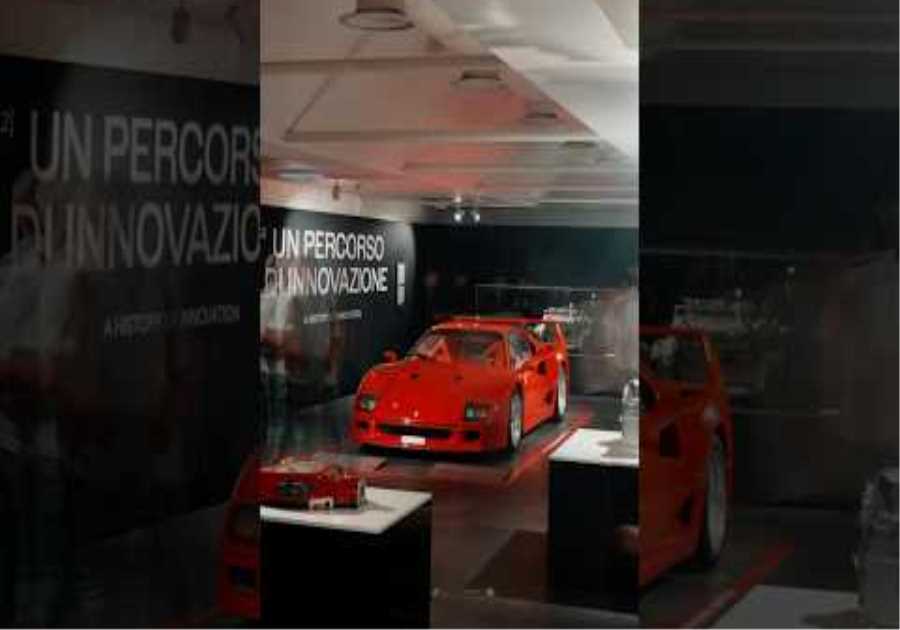Mercedes engine boss, Hywel Thomas, believes that despite the focus on the new 2022 Formula 1 aero rules, there are significant changes to power unit side that shouldn’t be underestimated.
Hywel Thomas is the Managing Director of Mercedes AMG High Performance Powertrains, the division of the Mercedes F1 team responsible for producing those glorious power units that have dominated the sport since the dawn of the Turbo-Hybrid era in 2014.
The focus has been on the radical new 2022 F1 machines, how they look, and how they will race, but Thomas points out that there are significant changes on the power unit side that cannot be ignored.
He explained why in a video on the team’s YouTube channel, he said: “I think when most people are talking about the 2022 regulations they’re talking about a brand new car and what the influence of that brand new car is going to be, but there are a couple of changes on the PU side and they’re quite important.
New fuel, new regulations offer a chance of a fresh look
“We have an e10 fuel,” he noted. “What does that mean? It means the fuel now has to contain 10% ethanol and a sustainable version of ethanol as well.
“Also the start of 2022, there is a freeze on the combustion engine in terms of performance, and later on during the season, there’s a freeze on the electrical systems in terms of performance as well.
“So the challenge this year has been to put all that together and get that all ready for the very first race and make sure that we’re absolutely beautifully installed in what is now a completely new car for 2022,” he explained.
Thomas went on to explain that the new regulations have given the Mercedes design team the chance to look at the Chassis-PU integration from a fresh perspective.
“Every year we take a look at the power unit and the way that it sits inside the chassis in order to give us the best lap time,” he said. “With the 2022 being an all-new chassis, what that means is that we have an opportunity to look at everything again
“There are areas on the car which will be very sensitive to lap time and there’ll be other areas of the car which are less sensitive, and what we’re trying to do with the PU is to make sure that we stay as far away as we can from the sensitive areas to give as much flexibility as possible for the car designers and to package parts of the PU into areas where there’s less sensitivity,” he engine boss revealed.
“So what that means is working hand in glove with the chassis department with all those engineers to make sure that the PU fits in exactly where it needs to make sure we can make the fastest overall package.”
Every year there is a chance to improve
Thomas admitted that while believing the chassis and power unit teams have done the best job possible every year integrating the components together, more better solutions are devised every year, something he relishes.
He said: “It’s just a great overall continuing iteration of making things better and better, and what we’ve got the opportunity with the new car, is to take a fundamental re-look at things and in some ways that gives us more opportunity and it sparks the enthusiasm and it sparks the imagination of the engineers even more to make that installation great.”
Thomas elaborated: “With the all-new chassis regulations, that meant that the opportunities and the areas of high sensitivity we had to look all over again and see what they were, and find out exactly what compromises should be taken chassis side and engine side in order to make the fastest lap time.
“Of course what that means is the team from Brackley, the team from Brixworth have to be incredibly close right from the start to make sure that the direction of travel we’re taking is the correct one.”
The head of Mercedes’ Brixworth operations revealed that bio components have always been part of the fuel used in the F1 hybrid era, but the change for 2022 is that the quantity and type of these components have been specified by the regulations at 10% of ethanol .
“What that means is the engine is going to react slightly differently to the fuel,” he explained. “So there are some areas of the performance we’re really really happy with, and other areas where honestly, we’re less happy and what we have to do is change the fuel where we can and change the hardware of the PU where we can in order to maximize the effects of the things we do like, and minimize the effects of the things we don’t.”
Having E10 fuel is the largest fuel regulation change
“As in every year when we’re developing the fuel, it’s a partnership between ourselves and Petronas to make sure that the fuel is enjoying the PU experience and the PU’s enjoying the fuel experience,” Thomas added.
“The change this year to go to the E10 is probably the largest regulation change we’ve had since 2014 so it was a it was a sizable undertaking to make sure that we really developed that fuel.
Combining the changes to the new cars’ aero and the new fuel, means that the drivers will need the new power-units’ drivability to be different.
“The 2022 car is very, very different,” Thomas went on. “We know the aerodynamics are different and from all the things that we’ve been told and all the work we’ve done with the team here at Brackley, we believe that the car will be doing slightly different things, and the requests from the driver will be different as they go through the corners than they were in previous years.
“We’ve got simulations, we’ve done all our calculations, and we’ve modified the engine and the way that the engine drives in order for us to be ready and we’ll be able to react to when the driver puts the power on perhaps in a slightly different way perhaps at a slightly different time.”
Thomas is hoping the changes they have done will bear fruit in track, otherwise the team will “be ready to adjust the PU as necessary to make sure that the drivers gets exactly what they want when they ask for it”, revealing that only reliability upgrades will be allowed by the regulations.
The Mercedes man insists that his team at Brixworth is embracing the new challenges, concluding: “That team is super excited to have those challenges and we are really looking forward to the start of the season.”
Mercedes will launch their 2022 F1 car, the W13, on February 18, before they head for the first pre-season test in Barcelona between February 23 and 25.







